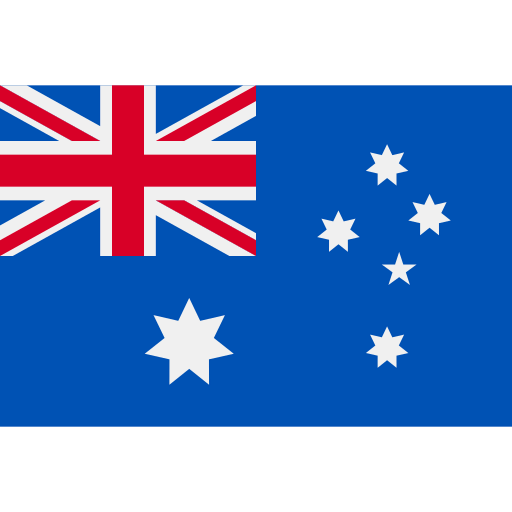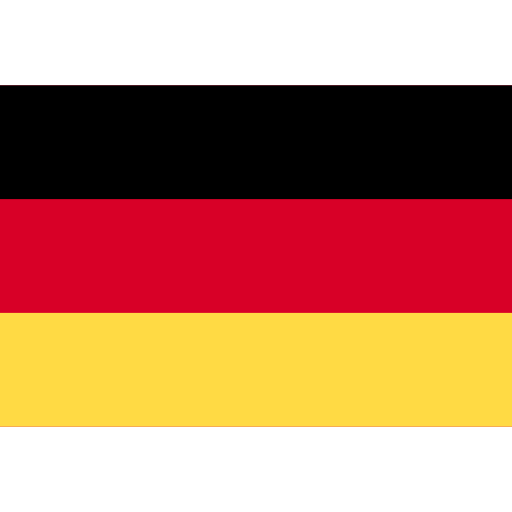Everywhere you look seems to be, in a word, volatile. The trade finance industry continues to grapple with a $2.5 trillion trade finance gap, constraining economic growth for those who most need it. Yet, the trade finance industry is demonstrating remarkable resilience.
Speaking at the 51st Annual International Trade and Forfaiting Association’s (ITFA) Conference in Singapore, Sean Edwards, Chairman of ITFA, emphasised to Trade Finance Global (TFG) the sector’s adaptability in turbulent times.
“The world continues to be volatile,” he noted, “but we’re finding a way through by bringing together communities of experts, banks, fintech companies, and insurers to understand problems and support each other.”
Gaps in the support
The magnitude of the global trade finance gap has reached alarming proportions. The 2023 Trade Finance Gaps, Growth, and Jobs Survey from the Asian Development Bank (ADB) indicates that the global trade finance gap reached $2.5 trillion in 2022, representing a 47% increase from the previous assessment of $1.7 trillion. This gap represents the difference between requests and approvals for financing to support imports and exports, with small and medium enterprises (SMEs) bearing the brunt of financing rejections.
The research reveals that despite trade finance being a low-risk form of finance with historically low default rates, access remains constrained, particularly for developing economies and smaller businesses. This paradox highlights systemic inefficiencies in the current trade finance ecosystem that digitalisation efforts are attempting to address.
Industry leaders are responding to these challenges through innovative collaborative frameworks. ITFA’s Trade Finance Conference of the Parties (TFCOP) initiative exemplifies this approach by bringing together development finance institutions (DFIs), multilateral development banks (MDBs), private solution providers, banks, and insurers. Closing the trade finance gap requires coordinated efforts across the entire financial ecosystem.
One promising solution emerged from ITFA’s emerging leaders’ competition: leveraging development funds to create guarantee mechanisms. This approach would not only increase available capital but also reduce the risk profile for private sector lenders, potentially unlocking additional financing capacity.
Digitalisation at the wheel
The path forward increasingly points toward digital transformation as a critical enabler of trade finance accessibility. Industry experts note that digital data validation with AI could help streamline KYC/AML checks, while blockchain technology shows promise for replacing paper invoices and identifying duplicate financing arrangements.
McKinsey research indicates that current automation rates in financial services remain low due to fragmented data resources and unstandardised datasets, resulting in teams wasting time on manual tasks while clients experience cumbersome processes. This presents both a challenge and an opportunity for the trade finance sector.
The focus on making SMEs more “marketable” through streamlined compliance processes represents a pragmatic approach to expanding access. By reducing the cost and complexity of Know Your Customer (KYC) and Anti-Money Laundering (AML) procedures through digital solutions, financial institutions can more efficiently serve smaller businesses that are often excluded from traditional trade finance products.
Interestingly, the defence spending sector is providing lessons for broader trade finance reform. Itfam recently published research on overcoming compliance issues for defence-related SMEs, which are considered critical for military technology innovation. This work demonstrates how sector-specific approaches to compliance streamlining can be developed and potentially adapted across industries.
A resilient spirit
Despite the challenges, industry sentiment remains surprisingly positive. Edwards noted that presentations from leading economists during the conference, including Edward Lee, Chief Economist at Standard Chartered, suggest that “things aren’t too bad.” Banks have demonstrated remarkable resilience throughout recent geopolitical uncertainties, continuing to innovate and adapt their service offerings.
This resilience is particularly notable given the complex operating environment characterised by geopolitical tensions, regulatory changes, and technological disruption. The industry’s ability to maintain stability while pursuing innovation suggests a mature approach to managing both traditional and emerging risks.
—
The combination of technological innovation, collaborative frameworks, and maintained industry resilience suggests that while volatility may continue, the trade finance sector has developed the tools and partnerships necessary to navigate uncertainty while expanding access to critical financing services.





























